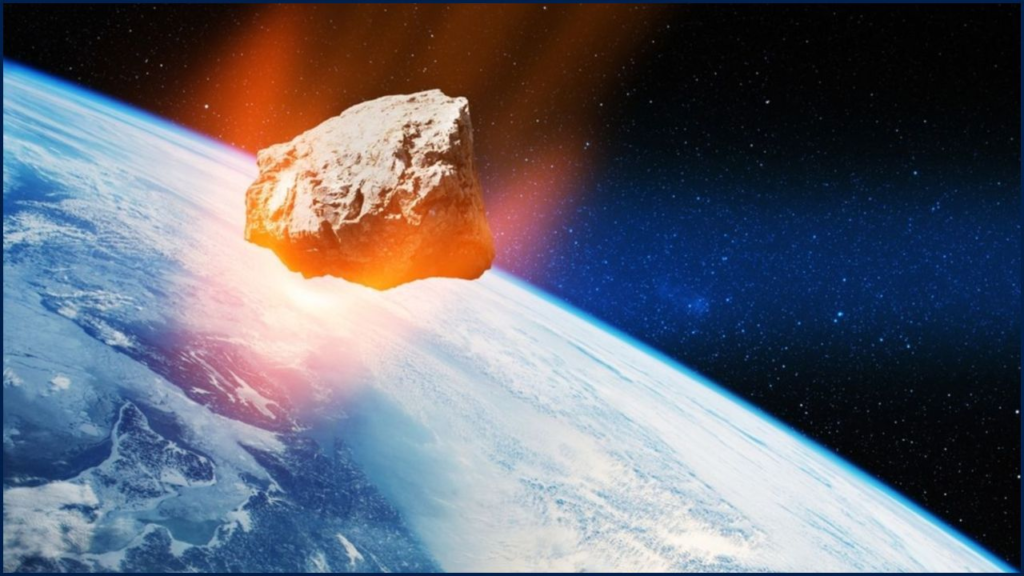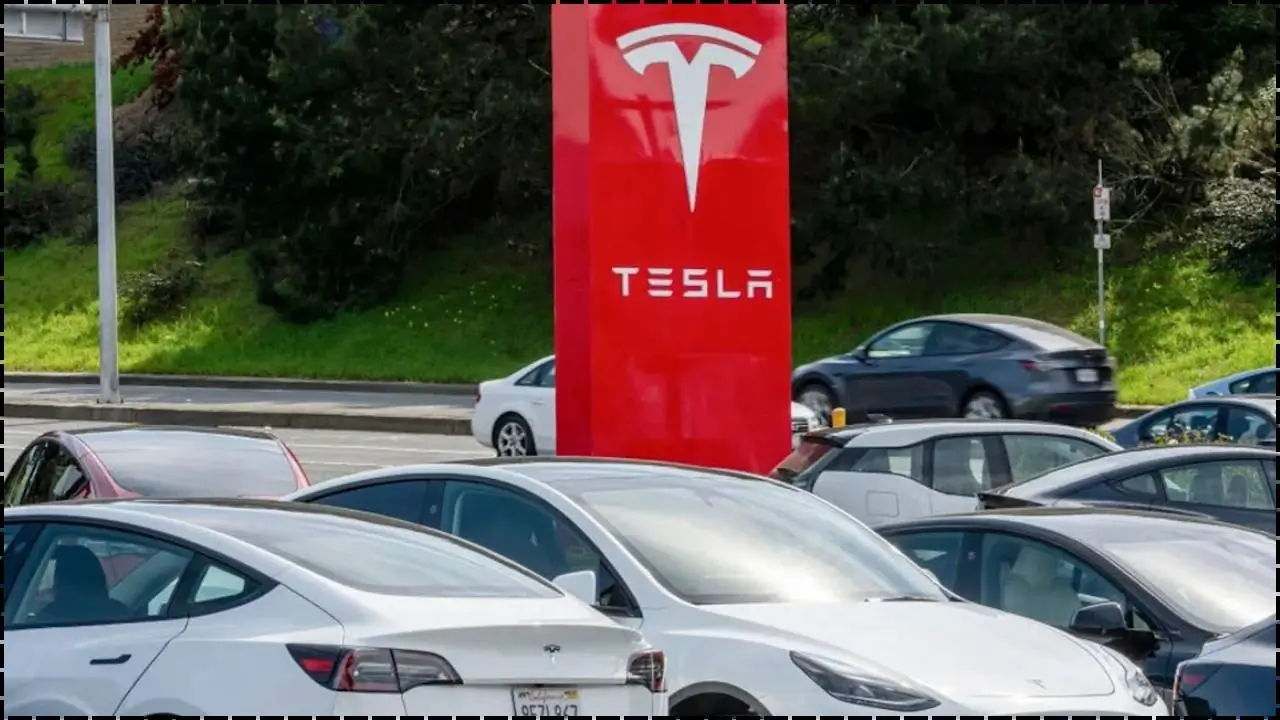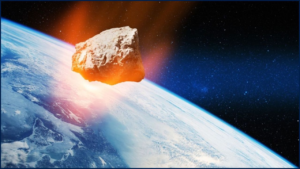On October 1, 2025, asteroid 2025 TF made an extraordinarily close pass by Earth, skimming just 266 miles above Antarctica. This distance is closer than the orbit of many satellites, including the International Space Station (ISS), which orbits Earth at approximately 250 miles. Despite its proximity, the asteroid went unnoticed until hours after it passed, underscoring the challenges astronomers face in tracking fast-moving and small objects in space.

The unexpected approach of asteroid 2025 TF serves as a stark reminder of the unpredictability of near-Earth objects (NEOs) and the need for enhanced monitoring systems to detect even the smallest asteroids that could pose a threat to Earth. In this article, we will explore the details of this event, the risks posed by small asteroids, global efforts to monitor and protect against such objects, and the ongoing technological advancements in planetary defense.
Table of Contents
Asteroid 2025 TF
| Key Fact | Detail |
|---|---|
| Date of Approach | October 1, 2025 |
| Asteroid Size | 1 to 3 meters in diameter |
| Closest Approach | 266 miles (428 kilometers) above Antarctica |
| Detection Time | Hours after the closest approach |
Asteroid 2025 TF’s close pass by Earth is a reminder of both the risks and the benefits associated with asteroids. While its impact would not have been catastrophic, its unexpected approach underscores the importance of continued vigilance in tracking NEOs. With advancements in space monitoring and planetary defense, the global community is better equipped than ever to address the potential threat posed by asteroids.
In the coming years, international collaboration and technological innovation will be key in ensuring the safety of Earth from the dangers of space. The story of asteroid 2025 TF is not just about the threat we face, but also about the growing efforts to understand and mitigate the risks posed by the countless objects that orbit our planet.
What Happened During the Close Pass?
Asteroid 2025 TF, measuring between 1 and 3 meters in diameter, came alarmingly close to Earth. Its closest point was 266 miles above the Antarctic region, a distance considerably smaller than many operational satellites orbiting Earth. While small asteroids like this one pose no immediate threat of catastrophic damage, their close approaches remain a cause for concern. The asteroid was first spotted by the Catalina Sky Survey in Arizona only a few hours after its closest approach. This delay in detection reveals the ongoing limitations in space monitoring technology, particularly when it comes to tracking fast-moving, smaller objects.
The close approach of 2025 TF could have led to a visible fireball in the sky had it entered Earth’s atmosphere. However, given its size, it would have likely disintegrated before reaching the surface. The main impact would have been a small meteorite fragment landing in the Antarctic snow, a region sparsely populated and far from any human settlements.
Why Was 2025 TF Undetected Until After the Close Pass?
Small asteroids like 2025 TF are particularly difficult to detect for several reasons. First, their small size—just 1 to 3 meters in diameter—makes them challenging to spot with current telescopic systems. Second, their high velocity and brief visibility windows mean they may not be tracked until they are nearly on top of Earth. According to Dr. Richard Revesz, an expert in asteroid tracking, “Smaller objects like 2025 TF are moving so quickly and are often so faint that even the most sophisticated telescopes can miss them.”
Additionally, while larger asteroids—those 25 meters in diameter or more—are routinely tracked by space agencies, smaller objects tend to slip through the cracks. There is a growing recognition among scientists that small asteroids, while less likely to cause significant harm, must also be monitored to ensure the safety of Earth.
Historical Context: Asteroid Impacts and Their Consequences
The threat posed by small asteroids is not a new concern. Historically, Earth has been impacted by asteroids, with consequences ranging from minor meteoroid showers to catastrophic events. The most famous asteroid-related event is the one that likely caused the extinction of the dinosaurs approximately 66 million years ago. This asteroid, about 10 kilometers in diameter, struck the Yucatán Peninsula in Mexico, leading to massive environmental changes and the extinction of roughly 75% of Earth’s species.
More recently, the 1908 Tunguska event in Siberia demonstrated the potential destructive power of smaller asteroids. The event, which flattened 2,000 square kilometers of forest, was caused by a small asteroid or comet that exploded in Earth’s atmosphere. While it did not cause any direct casualties, the explosion released the energy equivalent of 10 to 15 megatons of TNT.
Global Efforts for Planetary Defense
In recent years, global space agencies have intensified efforts to monitor and protect Earth from potential asteroid threats. Agencies like NASA and the European Space Agency (ESA) have launched several programs dedicated to tracking NEOs. NASA’s Planetary Defense Coordination Office (PDCO), established in 2016, is tasked with coordinating the detection, tracking, and potential mitigation of hazardous asteroids.
One of the most promising planetary defense initiatives is NASA’s Double Asteroid Redirection Test (DART), launched in 2021. The DART mission aims to test the ability to redirect an asteroid by colliding with it at high speed. In 2022, DART successfully impacted the moon of the asteroid Didymos, marking the first time humanity has altered the trajectory of an asteroid. While the mission’s focus was on a much larger asteroid than 2025 TF, it demonstrates the potential for future asteroid deflection strategies.
Technological Advances in Space Monitoring
As the global effort to track NEOs grows, so too does the technology available to astronomers. Telescopes like the Pan-STARRS (Panoramic Survey Telescope and Rapid Response System) and the upcoming Vera C. Rubin Observatory are designed to detect and monitor even the smallest asteroids. These telescopes use advanced imaging technology to scan the sky for moving objects, and with their vast field of view, they can identify objects that might otherwise remain undetected.
Additionally, radar systems such as NASA’s Goldstone Solar System Radar provide crucial data on the trajectory and size of asteroids. These systems send radio waves to objects in space, which then bounce back to Earth, allowing scientists to calculate the object’s exact location and speed. Combining radar data with optical observations allows for more precise tracking of asteroids.
Challenges in Asteroid Deflection
While detecting asteroids is crucial, an even greater challenge lies in the potential deflection of hazardous objects. If an asteroid were found to be on a collision course with Earth, deflecting it would be no easy task. Several methods have been proposed, including:
- Kinetic impact: A spacecraft would collide with the asteroid at high speed, transferring momentum to change its trajectory.
- Nuclear explosion: A controlled nuclear detonation near the asteroid could vaporize part of its surface, creating a thrust that alters its path.
- Gravity tractor: A spacecraft could fly alongside an asteroid for an extended period, using its gravitational pull to gently steer it off course.
Each of these methods has its limitations. Kinetic impact requires precise targeting, and nuclear explosions raise concerns about the unintended consequences of detonating a nuclear device in space. Gravity tractors, while effective in theory, would require a spacecraft to remain close to the asteroid for an extended period, which could be impractical depending on the asteroid’s size and speed.
Public Awareness and Preparedness
In addition to technological advancements, public awareness is essential in preparing for asteroid impacts. While the likelihood of a catastrophic asteroid collision is low, it is still important for governments and space agencies to have contingency plans in place. NASA’s Asteroid Watch program, for example, provides regular updates on the status of NEOs and encourages public involvement in monitoring efforts.
Potential Risks and Benefits of Asteroids
While asteroid impacts are dangerous, asteroids themselves can also be valuable resources. Scientists are increasingly interested in asteroid mining, as some asteroids are believed to contain valuable materials, including rare metals and water. These resources could be crucial for future space exploration missions, such as those aimed at Mars or the Moon. In this sense, asteroids are not just threats but also potential assets that could contribute to humanity’s future in space.
















